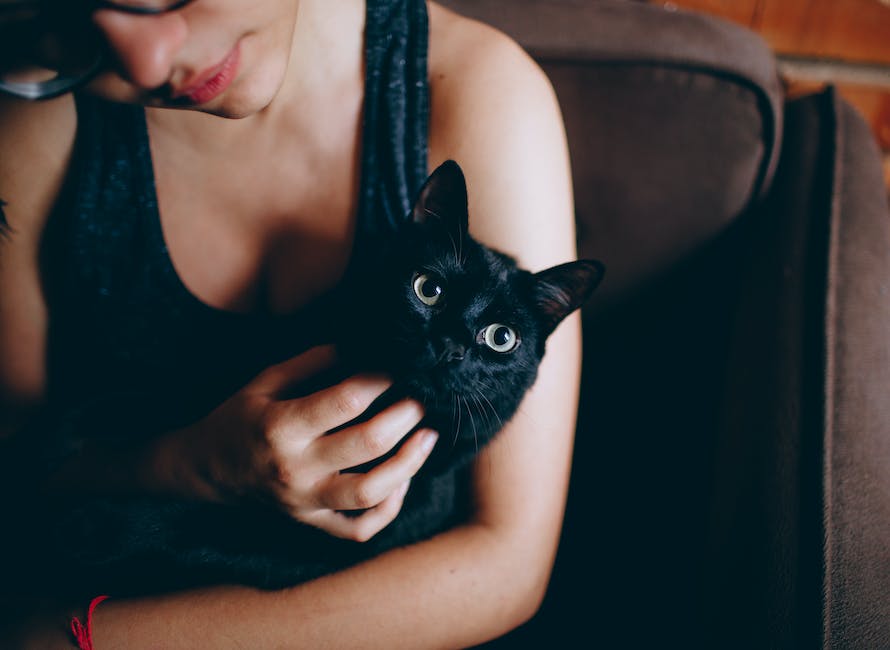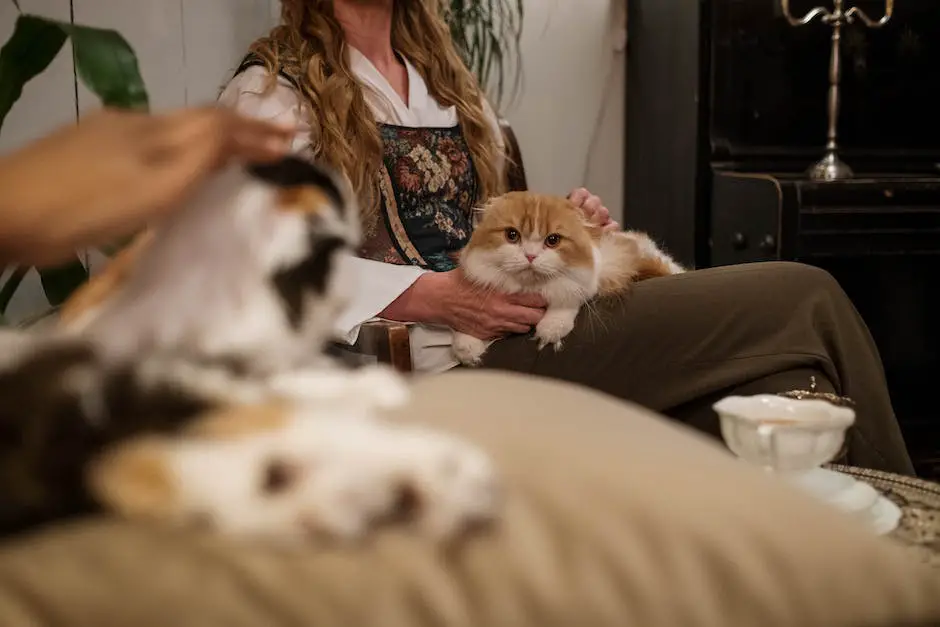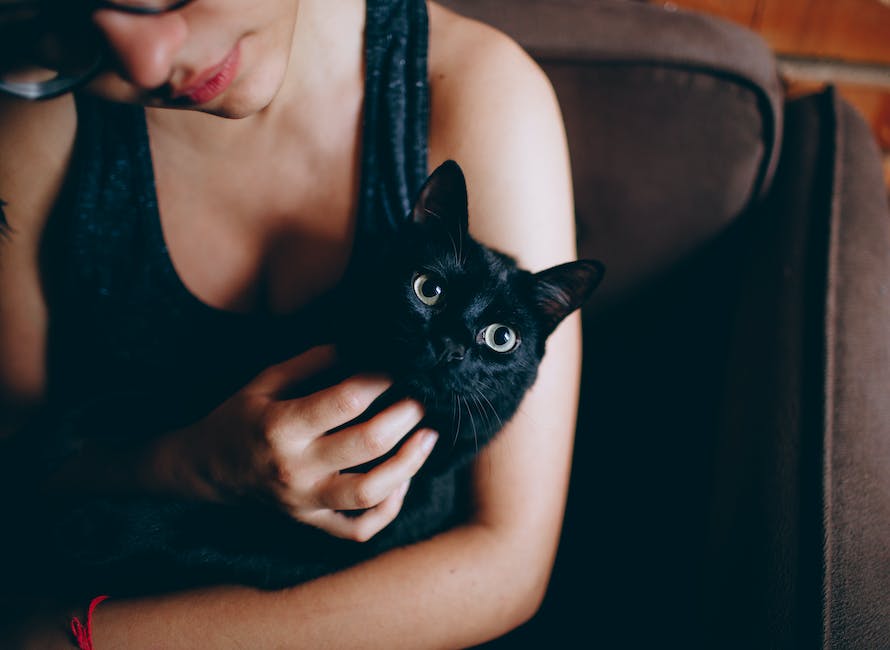Each year, female cats go into heat for a brief period of time. Heat usually lasts for about three to five days. During this time, the cat will be receptive to mating with a male.
Most female cats go into heat between the ages of 4 and 6 months, although some may start as early as 3 months old. The frequency of heat cycles varies, with some cats going into heat every 2 to 3 weeks and others every 3 to 4 weeks.
What are the signs of a cat coming into heat?
If your cat is exhibiting any of the following behaviours, they are likely in heat:
Flirtatious, extra-affectionate behaviour
Rubbing and rolling on the floor
Extreme vocalising, yowling as if in pain (this can be very alarming!)
Raised hindquarters, moving the tail from side to side
The hormonal cycle of free-roaming cats is triggered by sunlight. This is why kitten season is typically from May to June. Female cats will begin their cycles of heat in near February when the days start to become longer. They will be less likely to go into heat when the days become shorter and darker in the fall.
How long is a female cat in heat for the first time
If you have a female cat that is not spayed, they will eventually go into heat. The duration of this heat cycle can vary, but is typically around 3-7 days. However, for some cats it can last up to 20 days. During this time, your cat may be more vocal, restless, and aggressive than usual. If you are experiencing a cat in heat for the first time, you may be wondering how long it will last. However, the duration can vary and it is important to keep an eye on your cat during this time.
Cats usually don’t bleed when they’re in heat, but it’s possible for them to have blood in their urine or around the genital area. If you spot any blood, be sure to contact your vet right away to rule out a urinary tract infection.
How long does a cat’s heat last?
If your cat is in heat, it will generally last for several days, with the average length being seven days. However, it can range from 1 to 21 days. If the queen (an intact female cat) is not mated during estrus, she will go out of heat for a short period of time, usually about seven days, but it can range from 2 to 19 days.
If your female cat is in heat, there are a few things you can do to help keep her calm. First, keep her away from any male cats. Second, you can try sitting her on a heat pack, warm towel, or electric pad or blanket. Third, try giving her some catnip. Fourth, you can use Feliway or other synthetic cat pheromones. Fifth, keep the litter box clean. Finally, you can play with your cat to help keep her calm.
Can you smell a female cat in heat?
Female cats in heat emit a powerful pheromone that can be picked up by a male at a distance of up to a mile away. This pheromone helps the male cat locate the female in order to mate.
It’s normal for a female cat to go into heat and it’s nothing to be worried about. She will try hard to find a male cat and male cats will be equally keen to reach her. Unlike dogs, it’s very unusual to see a cat bleed when she is on heat. Being on heat isn’t painful but it can make your cat feel a little unsettled, uncomfortable, and ‘under the weather’.
Do girl cats change after being spayed
Although your cat’s personality may seem to change after she gets spayed, it is most likely due to the fact that her hormones are no longer fluctuating.
A female cat that is un-spayed will usually be in heat every 2-3 weeks throughout the season, unless she successfully mates and becomes pregnant. Cats enter heat several times a year with a typical cycle lasting 4-6 days at a time.
What happens if you spay a cat too early?
There are a few key reasons that veterinarians are usually reluctant to advise early neutering – before the animal is fully grown. The main concerns are surgical and anaesthetic risks, as well as an increased occurrences of urinary tract problems, growth plate fractures, obesity, and behavioural issues. Early neutering can also interfere with the animal’s normal socialisation process.
Cats who exhibit silent heat are still in heat and fertile, but they do not show any behavioral signs of being in heat. This is more commonly seen in cats who are lower down in the social hierarchy.
How long are kittens in heat for the first time
A cat’s first heat usually occurs when she hits puberty, which is typically around six to 10 months old. Her oestrus cycle – the time when she is fertile and able to mate – will usually last for four to five days. If she doesn’t become pregnant during her first heat, she will likely go into heat again in two to three weeks.
Our recommendation is to spay female dogs before their second heat cycle in order to avoid pyometra (uterine infection) or mammary cancer later in life. Doing so significantly reduces the risks associated with these conditions.
What does a cat in heat look like?
During a heat, your cat may be more affectionate and display the mating position more frequently. She may also rub up against furniture, walls and her favorite people more often, particularly with her hindquarters.
If your cat is yowling, it is likely due to hormonal changes related to heat cycles. The only solution is to get her spayed, which will stop the hormone fluctuations and eliminate the yowling. Spaying your cat also has the added benefit of potentially keeping her healthier overall.
Should you rub a cat in heat
Cats in heat can be extra needy and demanding, so it’s important to give them some extra attention. A few extra petting sessions and brushings each day can go a long way in helping your cat feel relaxed and secure. This will also help to keep her stress levels under control, which can be helpful in avoiding any health problems that can occur during a heat cycle.
If you notice your cat walking around with her rear end in the air and her tail to the side, this is called lordosis and is an indication that she is in estrus, or heat. Lordosis looks slightly different from regular elevator butt because it’s actually the she-cat presenting herself to a tom for mating–whether a tom is present or not.
Is being in heat hard on cats
Cats do not feel pain when in heat, although they may feel some slight discomfort and agitation. The howling noise a cat makes while in the heat cycle is not done out of pain but rather to attract a potential suitor. On top of being more vocal than normal, a cat in heat may be more affectionate too.
When a cat is in heat, she may start to pee more frequently and in places she normally wouldn’t. Urine scent is an important way for cats to communicate with each other while in heat, so your cat may be trying to send a message to potential mates. If your cat is displaying this behavior, you may want to take her to the vet to see if she needs any medical attention.
Do female cats go into heat every month
Female cats reach sexual maturity and can breed from about 4 months old. They will then come into heat (or season) every year around February to October. Female cats have many short periods roughly 2-3 weeks apart. They do not ovulate until they are mated, so this period of heat cycles can be lengthy.
Spaying or neutering your dog or cat is a very common and routine surgery that comes with many benefits. For example, spaying or neutering can help your pet live a longer, healthier life. It can also help reduce or eliminate behavioral problems, such as aggression or roaming.
Despite these benefits, some people may be hesitant to spay or neuter their pet because they believe the surgery is painful or harmful. However, this is simply not the case. During a spay or neuter surgery, dogs and cats are fully anesthetized, so they feel no pain. Afterward, some animals may experience some discomfort, but this is typically short-lived and can be managed with pain medication.
Overall, spaying or neutering is a safe and routine surgery that comes with many benefits for your pet. If you have any concerns, be sure to talk to your veterinarian.
Are female cats more affectionate
While a cat’s gender doesn’t seem to make a difference in terms of affection, studies of cat personality suggest it has little influence on the type of relationship with their owner. However, an owner’s gender has a much more significant impact on the cat-human bond.
Unfortunately, at this time, there is no safe, tested, and approved method of sterilizing cats without surgery. Trap-Neuter-Return is still the Gold Standard. Currently, Trap-Neuter-Return is the only option that meets all of the requirements and needs of feral cats.
How long do cats bleed in heat
Estrus, or heat, in cats can last on average from six to eight days, and repeat every one to three weeks. During this time, your cat may be more affectionate than usual, and may demand more attention. She may also mark her territory more, and be more vocal than usual.
This is a decision that you should make with your veterinarian. Kittens can be spayed or neutered as young as six to eight weeks of age, however, standard spay and neuter surgeries are most often performed when the kitten is between five and six months old. There are benefits and risks to spaying and neutering at any age. You should discuss the best age to spay or neuter your kitten with your veterinarian.
What age should you not get a cat spayed
Royal Canin conducted a study which found that 84% of the cats they surveyed were spayed or neutered before they reached 5 months of age. The cats who were spayed or neutered before 5 months old were less likely to roam, less likely to mark their territory, and less likely to fight with other cats.
In addition, the number of unwanted cats born each year is staggering – between 6 and 8 million in the US alone. Spaying and neutering cats before they reach 5 months of age can help to reduce this number, and ultimately help to reduce the number of cats who are euthanized each year.
At present, there is no scientifically sound basis for waiting until 6 months of age or older to sterilize cats. There are also no contraindications for spay/neuter at 4 to 5 months of age. Anesthetic concerns about juvenile surgery voiced in the 60s and 70s are no longer valid.
Conclusion
The average cat goes into heat anywhere from four to six times a year, with each heat lasting anywhere from four to seven days. However, younger cats and older cats may go into heat more or less often.
Female cats usually go into heat around 6 months old, but some may start as early as 4 months old. The heat usually lasts for 3-4 days, but can occasionally last up to two weeks.






